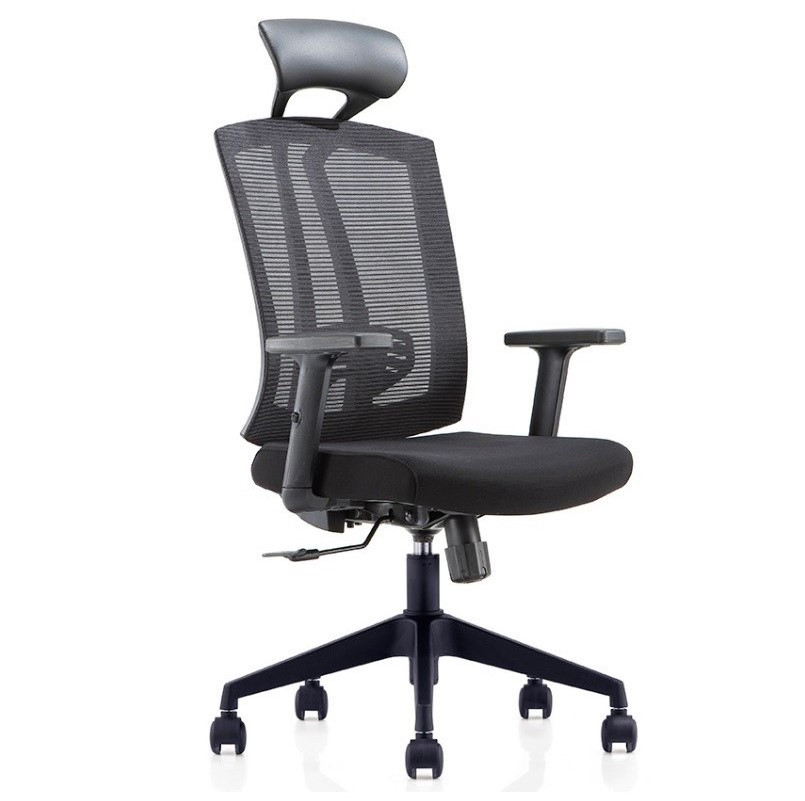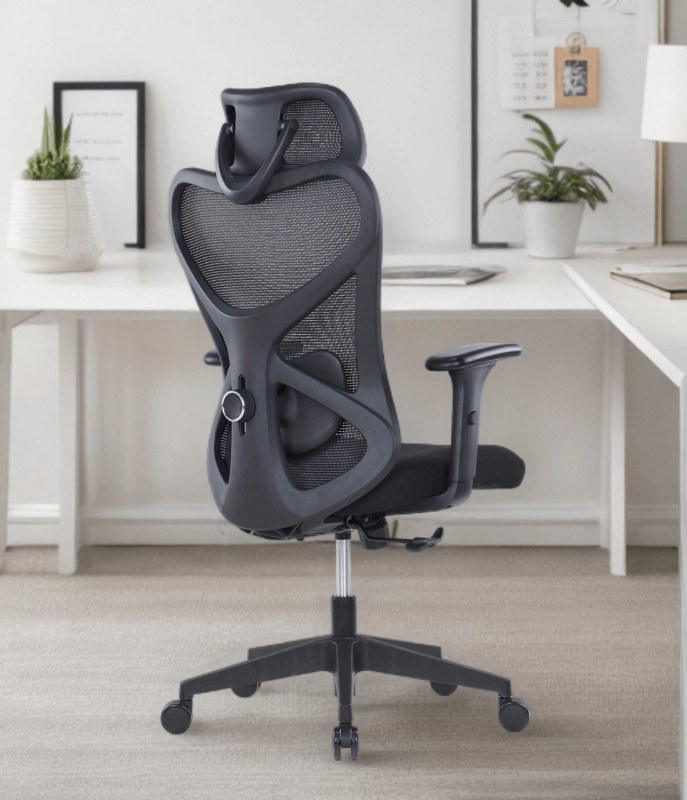
Best Office Chairs for People Who Sit Cross-Legged
Introduction
Cross-legged sitting is more common than many might think—especially among creatives, remote workers, and anyone who prefers a more relaxed posture. But not all office chairs accommodate this position comfortably. For those who frequently sit cross-legged, selecting the right chair is crucial for comfort and maintaining healthy posture. This guide explores what to look for in a chair tailored for flexible sitting styles, and highlights top choices designed to support them.
1. Wide Seat Base
A broader seat gives you more space to shift, stretch, and cross your legs comfortably. Narrow chairs can feel restrictive and put pressure on your knees or hips. A spacious seat base is essential for flexibility and ease of movement.
2. Soft yet Supportive Cushioning
Cross-legged sitting shifts your weight distribution, so the chair needs to provide ample cushioning without collapsing. High-density foam works well because it adapts to your shape while supporting your lower body evenly.
3. Waterfall Edge Design
A waterfall edge—where the front of the seat curves down gently—helps reduce pressure on your thighs and knees, especially in cross-legged positions. It promotes circulation and enhances comfort during long sessions.
4. Adjustable Armrests or Armless Design
Fixed armrests can get in the way when sitting cross-legged. Ideally, choose a chair with adjustable arms that can be moved up, down, or out of the way—or consider armless models if you don’t rely on that support.
5. High Weight Capacity
Cross-legged sitting can put different pressure points on the seat and frame. A sturdy chair with a high weight capacity ensures stability and prevents wear even with shifting postures.
6. Breathable Materials
Mesh backrests or ventilated fabric covers are excellent for temperature regulation. When seated cross-legged, airflow is reduced around the lower body, so breathable materials help prevent overheating.
7. Tilt and Recline Options
A slight tilt or rocking motion supports more relaxed sitting styles like cross-legged positions. Chairs with adjustable backrest angles provide extra flexibility to match your preferred posture.
8. Ergonomic Back Support
Even in casual positions, it’s important to support the lumbar spine. An ergonomic backrest helps maintain a healthy spine curve even when your legs aren’t positioned traditionally.
9. Flat, Non-Contoured Seats
Highly contoured seats can restrict movement. A flatter seat design provides a neutral platform that supports multiple sitting styles, including cross-legged and perched positions.
10. Swivel and Mobility
When seated cross-legged, standing up can be slightly more awkward. Chairs that swivel easily and have smooth-rolling casters help you reposition or shift without straining your joints or balance.
Additional Considerations for Cross-Legged Sitting Chairs
Know Your Sitting Habits
If you alternate frequently between cross-legged and traditional sitting, a chair with versatile adjustability becomes even more important to accommodate both positions comfortably.
Prioritize Seat Depth
Ample seat depth supports your entire thigh area while sitting cross-legged. Shallow seats may make your knees feel cramped or unsupported.
Match to Your Height
Your ability to sit cross-legged comfortably in a chair also depends on your height. Ensure the seat height can be adjusted to align with your natural knee position.
Balance Armrest Support
If you rely on armrests, make sure they can adjust outward or flip up. This prevents interference while still giving you support when needed.
Look for Flexible Backrest Angles
A chair that allows for slight recline or lean-back positions can make cross-legged sitting feel more natural, particularly during extended tasks like reading or editing.
Ensure Stable Base Support
Cross-legged postures can cause uneven weight distribution. A sturdy 5-star base ensures safety and prevents wobbling.
Choose Neutral Seat Padding
Overly soft or overly firm cushions can make cross-legged sitting uncomfortable. Look for a balance that offers softness without sinking in too deep.
Upholstery Matters
Smooth fabric or mesh offers better movement when adjusting your legs. Avoid sticky leather-like materials that may cause friction or discomfort.
Consider a Seat Pan Tilt
Chairs with a forward tilt adjustment help align the hips, making it easier and more natural to sit cross-legged without spinal strain.
Mind the Chair Height Range
Cross-legged sitting often brings you higher off the floor. Choose a chair with a broad height adjustment range so your feet (or crossed legs) don’t throw off your desk ergonomics.
Recommended Products:
-
Yokon High Back Ergonomic Chair
With a breathable mesh back, flat seat, and smooth contours, this chair is great for alternative postures like cross-legged sitting. It offers lumbar support and an open base design for freedom of movement. -
UComfort Super Ergonomic Executive Office Chair – Black
A high-density foam seat and a wide ergonomic structure make this chair ideal for flexible sitting. Its adjustable armrests, tilt function, and robust build support various sitting styles with ease.
Final Thoughts
Sitting cross-legged at your desk can be comfortable and healthy—if your chair supports it. Look for wide, ergonomic seating with a flat base, breathable fabric, and a strong build. These features will help you stay relaxed, maintain good posture, and work longer without strain. Whether you’re coding, writing, or sketching, the right chair makes all the difference.
FAQ
Q: Is it healthy to sit cross-legged at a desk?
A: Sitting cross-legged occasionally can be comfortable, but it’s important to switch positions and use a chair that offers proper support for your back and hips.Q: Do cross-legged-friendly chairs cost more?
A: Not necessarily. Many standard ergonomic chairs accommodate cross-legged sitting—you just need to look for features like a wider seat and adjustable armrests.




